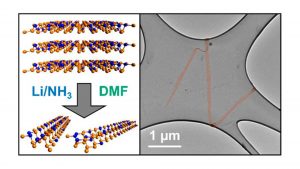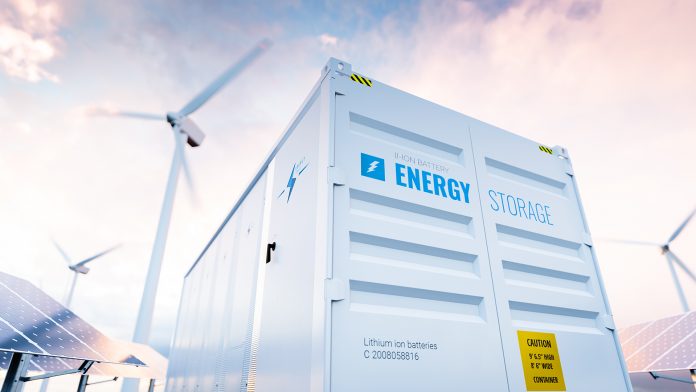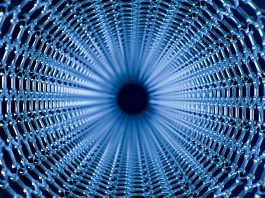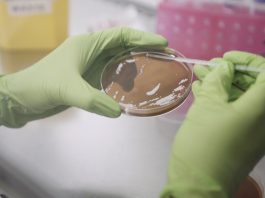UCL researchers have created one-atom-thick phosphorus nanoribbons that could improve the efficiency of batteries, supercapacitors, and solar cells.
In 2019, researchers from UCL discovered phosphorus nanoribbons. Described as a ‘wonder material’ due to its potential to revolutionise a variety of devices, it has been used to increase the lifetime of lithium-ion batteries and the efficiency of solar cells.
However, materials comprised only of phosphorus do not conduct electricity very well thus hindering their usage for certain applications.
To combat this, the team created new phosphorus nanoribbons by adding a tiny amount of arsenic.
The study, published in the Journal of the American Chemical Society, found that the new nanoribbons could conduct electricity at temperatures above -140°C, while retaining the highly useful properties of the phosphorus-only ribbons.
Applications of phosphorous nanoribbons
The team found that phosphorus nanoribbons have great potential for a variety of applications.
Senior author Dr Adam Clancy (UCL Chemistry) said: “Early experimental work has already shown the remarkable promise of phosphorus nanoribbons, created for the first time by our UCL team in 2019. In 2021, for instance, it was shown that adding the nanoribbons as a layer to perovskite solar cells allowed the cells to harness more energy from the Sun.
“Our latest work in alloying phosphorus nanoribbons with arsenic opens up further possibilities – in particular, improving energy storage of batteries and supercapacitors, and enhancing near-infrared detectors used in medicine.
“The arsenic-phosphorus ribbons have also turned out to be magnetic which we believe comes from atoms along the edge, which makes them potentially of interest for quantum computers too.”
Advantages of alloying
Currently, phosphorous nanoribbons would need to be mixed with a conductive material like carbon for it to be used as an anode material in lithium-ion or sodium-ion batteries.
By adding arsenic instead of carbon, the amount of energy the battery can store is enhanced, and the speed at which it can be charged or discharged is improved.
In solar cells, arsenic-phosphorus nanoribbons can improve the flow of charge through the devices. This enhances the cells’ efficiency.

“More widely, the study shows that alloying is a powerful tool for controlling the properties and thus applications and potential of this growing nanomaterial family.”
The team argued that their technique could be used to make alloys combining phosphorus with other elements such as selenium or germanium.
Characteristics of arsenic-phosphorus ribbons
The team’s phosphorus ribbons were typically a few layers high, several micrometres long, and tens of nanometres wide.
They were made by mixing crystals formed from sheets of phosphorus and arsenic with lithium dissolved in liquid ammonia at -50°C.
The sheets’ atomic structure means the lithium ions can travel in one direction only. Because they cannot travel laterally, the material cracks, creating the ribbons.
The arsenic-phosphorus nanoribbons also have extremely high hole mobility. Holes are the opposite partners to electrons in electrical transport, so improving their mobility helps electrical current move more efficiently.
Producing the nanoribbons at scale
The nanoribbons could be produced at scale using a liquid to apply them in volume. This can be done at a low cost and for a variety of different applications.
Since discovered by the team, more than 100 theoretical studies have predicted new and exciting properties that could emerge by producing narrow ribbons of this material.





